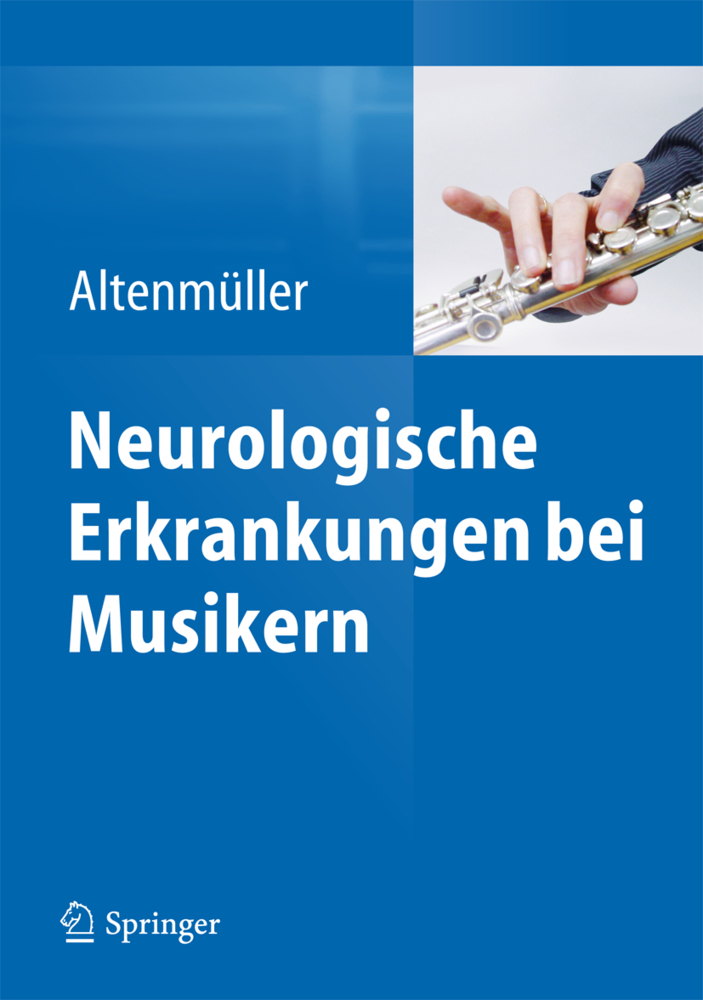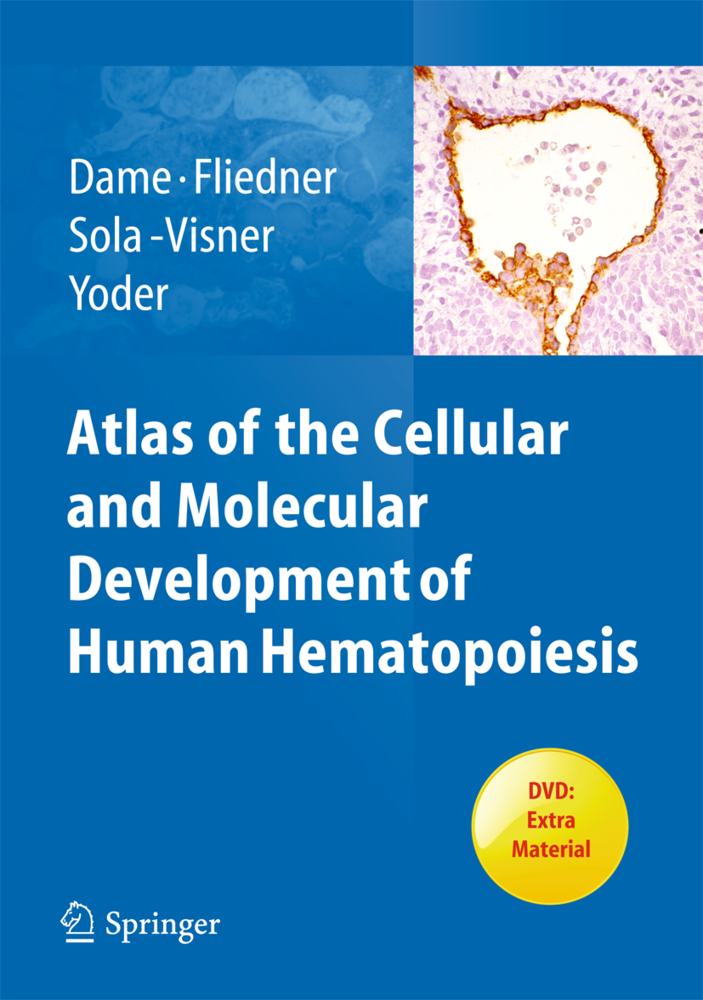Biomechanics of the Gravid Human Uterus
Biomechanics of the Gravid Human Uterus
The complexity of human uterine function and regulation is one of the great wonders of nature and represents a daunting challenge to unravel. This book is dedicated to the biomechanical modeling of the gravid human uterus and gives an example of the application of the mechanics of solids and the theory of soft shells to explore medical problems of labor and delivery. After a brief overview of the anatomy, physiology and biomechanics of the uterus, the authors focus mainly on electromechanical wave processes, their origin, dynamics, and neuroendocrine and pharmacological modulations. In the last chapter applications, pitfalls and problems related to modeling and computer simulations of the pregnant uterus and pelvic floor structures are discussed. A collection of exercises is added at the end of each chapter to help readers with self-evaluation.
The book serves as an invaluable source of information for researchers, instructors and advanced undergraduate and graduate students interested in systems biology, applied mathematics and biomedical engineering.
<p></p><p></p>1 Biological Preliminaries<p></p><p>1.1 The uterus</p><p>1.2 Functional unit</p><p>1.3 Electrophysiological properties</p><p>1.4 Neuroendocrine modulators</p><p>1.5 Coupling phenomenon</p><p>1.6 Crosstalk phenomena</p><p>Exercises</p><p> </p><p>2 Models of the Gravid Uterus</p><p>2.1 Biological changes in pregnant uterus</p><p>2.2 Mechanical models of the gravid uterus</p><p>2.3 Models of myoelectrical activity</p><p>Exercises</p><p> </p>3 A Dynamic Model of the Fasciculus<p></p><p>3.1 Formulation of the model</p><p>3.2 Effects of change in the ionic environment on myoelectrical activity</p><p>3.2.1 Physiological condition</p><p><i>3.2.2 </i>Changes in <i></i></p><p>3.2.3 Changes in </p><p>3.2.4 Changes in </p><p>3.3 Effects of ion channel agonists/antagonists</p><p>3.3.1 T - type Ca<sup>2+ </sup>channels </p><p>3.3.2 L - type Ca<sup>2+</sup> channels</p><p>3.3.3 BK<sub>Ca</sub> channels</p><p>3.3.4 channels</p><p>3.3.5 channels</p><p>Exercises</p><p> </p><p>4 General Theory of Thin Shells</p><p>4.1 Basic assumptions</p><p>4.2 Geometry of the surface</p><p>4.3 Tensor of affine deformation</p><p>4.4 Equations of continuity of deformations</p><p>4.5 Equations of equilibrium</p><p>Exercises</p><p> </p><p>5 Essentials of the Theory of Soft Shells</p><p>5.1 Deformations of the shell</p><p>5.2 Principal deformations</p><p>5.3 Membrane forces</p><p>5.4 Principal membrane forces</p><p>5.5 Equations of motion in general curvilinear coordinates</p><p>5.6 Remarks</p><p>5.7 Nets</p><p>5.8 Corollaries of the fundamental assumptions</p><p>Exercises</p><p> </p><p>6 Continual Model of the Myometrium</p><p>6.1 Basic assumptions</p><p>6.2 Model formulation</p><p>6.3 Biofactor</p><p>6.4 Special cases</p><p>Exercises</p><p> </p><p>7 Models of Synaptic Transmission and Regulation</p><p>7.1 System compartmentalization</p><p>7.2 cAMP-dependent pathway</p><p>7.3 PLC pathway</p><p>7.4 Co-transmission in myometrium</p><p>7.4.1 Co-transmission by acetylcholine and oxytocin</p><p>7.4.2 Co-transmission by acetylcholine and adrenaline</p><p>7.4.3 Co-transmission by oxytocin and adrenaline</p><p>7.4.4 Co-transmission by oxytocin and prostaglandins</p><p>Exercises</p><p> </p><p>8 Pharmacology of Myometrial Contractility</p><p>8.1 Classes of drugs</p><p>8.2 Current therapies of myometrial dysfunction</p><p>8.3 Model of competitive antagonist action</p><p>8.4 Model of allosteric interaction</p><p>8.5 Allosteric modulation of competitive agonist/antagonist action</p><p>8.6 Model of PDE-4 inhibitor</p><p>8.7 Myoelectrical activity </p><p>Exercises</p><p> </p><p>9 Gravid Uterus as a Soft Biological Shell</p><p>9.1 Fundamental assumptions</p><p>9.2 Model of the gravid uterus</p><p>9.3 Numerical simulations</p><p>9.3.1 Uterus close to term</p><p>9.3.2 First stage of labor</p><p>9.3.3 Second stage of labor</p><p>9.3.4 Third stage of labor</p><p>9.3.5 Constriction ring</p><p>9.3.6 Uterine dystocia</p><p>9.3.7 Hyper- and hypotonic uterine inertia </p><p> Exercises</p><p> </p><p>10 Biomechanics of the Gravid Uterus in Perspective</p><p>10.1 Ontology of models </p><p>10.2 Applications, pitfalls and problems </p><p>Exercises</p><p> </p><p>References</p><p> </p><p>Index</p><p> </p><p> </p><p><i> </i></p><p> </p><p><i> </i></p>
Miftahof, Roustem N.
Nam, Hong Gil
| ISBN | 978-3-642-42677-3 |
|---|---|
| Artikelnummer | 9783642426773 |
| Medientyp | Buch |
| Auflage | 2011 |
| Copyrightjahr | 2014 |
| Verlag | Springer, Berlin |
| Umfang | XVIII, 179 Seiten |
| Abbildungen | XVIII, 179 p. |
| Sprache | Englisch |








